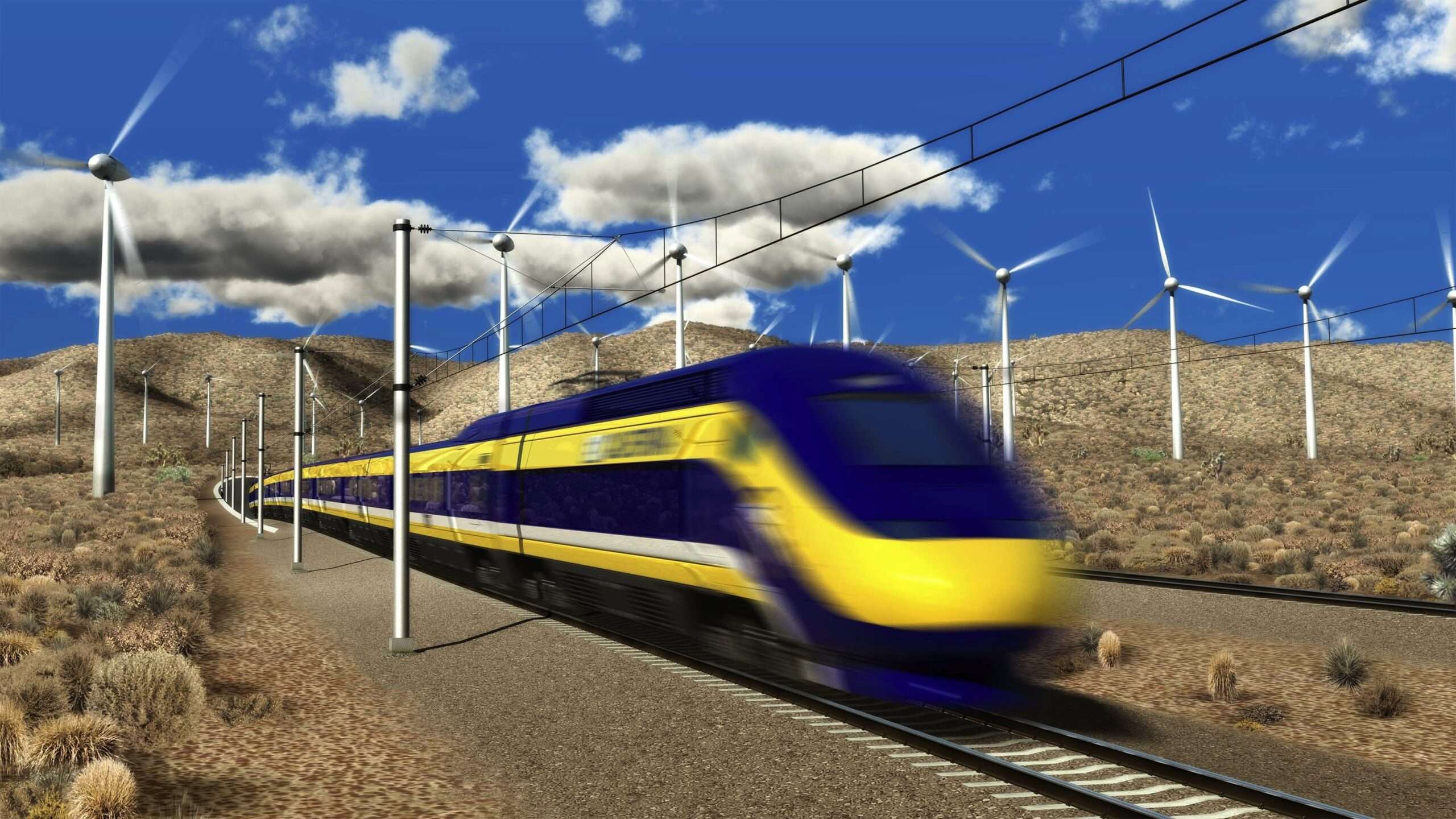- Reaction score
- 21,935
- Points
- 1,010
Agreed, in my Alberta example, perhaps the terminus of HSR should be each international airport, with light rail getting you to city centre (Edmonton is now only a few kms short of their airport with light rail).So another consideration would be how other ground transportation might realign to hub off of or otherwise serve these stations. I don’t k of where the proposed stations will be. People will still need to get to end destinations. I don’t know if they’ll want/be able to push these right through central business districts, or alternatively have truly convenient and reliable commuter service between the HSR stations and same. I’ll take HSR to Toronto if I can conveniently then get to the hotel/concert venue. If I can’t, I won’t. Maybe I’ll drive, maybe I just won’t go to the show.
The geography and urban nature of Ontario/Quebec make route selection much more challenging, I grant.



